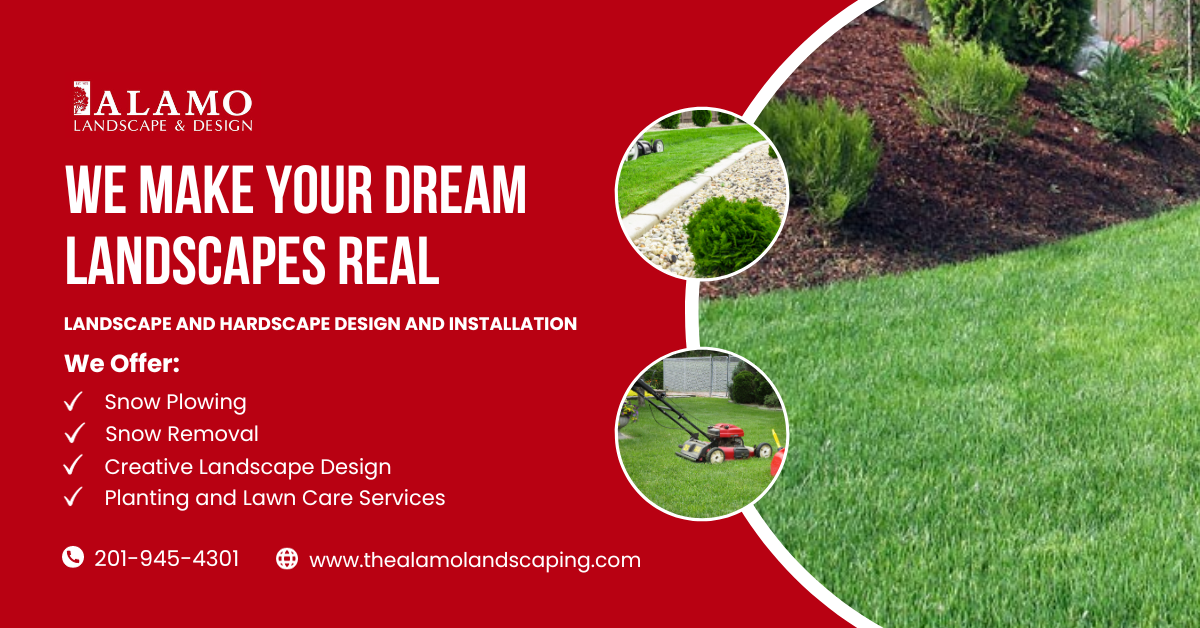Introduction:
In the realm of landscape architecture, hardscape design stands as the backbone of outdoor spaces, providing structure, functionality, and aesthetic appeal. Unlike the living elements of a landscape, such as plants and trees, hardscaping involves the incorporation of non-living features like pathways, patios, walls, and other man-made structures. This artful integration of hard materials not only shapes the visual character of a space but also defines how people interact with and navigate through the environment.
The Artistry of Hardscape Design:
Defining Spaces:
One of the primary roles of hardscape design is to delineate and define outdoor spaces. Whether it’s creating a welcoming entryway, designing intimate seating areas, or establishing clear pathways, hardscape elements provide a framework for the entire landscape. This careful delineation adds order and purpose to the design, enhancing the overall functionality of the outdoor space.
Material Selection:
The selection of materials is a critical aspect of hardscape design, influencing the visual aesthetics, durability, and maintenance of the outdoor space. Common hardscape materials include natural stone, pavers, concrete, wood, and metals. Each material carries its unique characteristics, textures, and colors, allowing designers to create diverse and visually striking compositions.
Textures and Patterns:
Hardscape design allows for the exploration of textures and patterns, adding depth and visual interest to the landscape. From the smooth surface of a sleek patio to the rugged texture of natural stone pathways, the interplay of textures creates a sensory experience and contributes to the overall ambiance of the outdoor environment.
Creating Focal Points:
Focal points are crucial in hardscape design as they draw attention and provide a visual anchor for the landscape. This can be achieved through the strategic placement of eye-catching elements such as a fountain, sculpture, or a well-designed seating area. Focal points not only serve as aesthetic centerpieces but also guide the viewer’s gaze through the space.
The Science Behind Hardscape Design:
Functionality and Accessibility:
Hardscape elements play a key role in ensuring the functionality and accessibility of outdoor spaces. Thoughtful placement of pathways, ramps, and other features ensures that the landscape is navigable and inclusive for all individuals. Functional considerations also extend to the proper grading and drainage to prevent issues like water pooling and erosion.
Integration with Nature:
While hardscape design involves non-living elements, successful integration with the natural surroundings is paramount. This could include incorporating materials that complement the local environment, such as using natural stone that mirrors the geology of the region. The seamless blending of hardscape and softscape elements creates a harmonious and balanced landscape.
Sustainability:
As with landscape design, sustainability is an essential consideration in hardscape design. Choosing eco-friendly materials, implementing permeable paving solutions, and incorporating green infrastructure elements contribute to the overall environmental health of the outdoor space. Sustainable hardscape design ensures that the impact on the environment is minimized, and the space can thrive for years to come.
Conclusion:
Hardscape design is a symphony of creativity and functionality, where the careful orchestration of materials, textures, and structures transforms outdoor spaces into functional works of art. Whether it’s a sprawling courtyard, a quaint garden, or an urban plaza, the essence of hardscape design lies in crafting environments that stand the test of time, offering both visual delight and practical utility. As we continue to appreciate the importance of outdoor living, the artistry and science of hardscape design will undoubtedly play an integral role in shaping the landscapes of the future.

